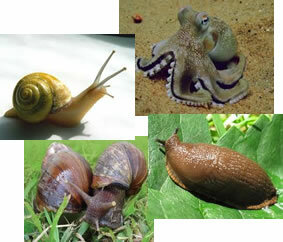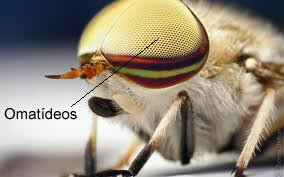All animals, whether vertebrate or invertebrate, have organs capable of capturing stimuli, taking them to their nervous system, where they are interpreted. This occurs with all the sense organs: hearing, touching, tasting, smelling and seeing.
Protozoa are unicellular beings (which have only one cell) that do not have eyes, but have spots in their cytoplasm that are sensitive to light. With these spots, the protozoan is able to identify variations in ambient light. Sea anemones and jellyfish, on the other hand, have eyelashes that can capture the light.

Sea anemones and jellyfish are invertebrates that can capture the light
Among molluscs, only a few animals (such as octopus, squid, snails, snails and slugs) have well-developed eyes capable of forming images. The eyes of these animals resemble those of humans.

Arthropods (such as insects, crabs, spiders and scorpions) are able to capture light through ocelli, simple eyes and compound eyes.
Insects and some crustaceans can detect the intensity and direction of light through the ocelli, but they are not able to form images. Spiders and scorpions, on the other hand, are able to form images through structures called simple eyes.
Compound eyes are only present in some arthropods, such as grasshoppers and flies. In these eyes there are structures called ommatidia that manage to capture every part of the observed scene, forming a well-defined image.

Ommatidia are able to detect movement with ease.
by Paula Louredo
Graduated in Biology



